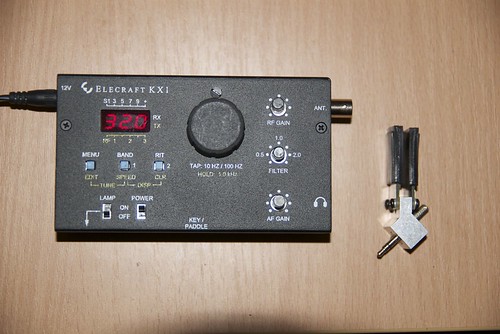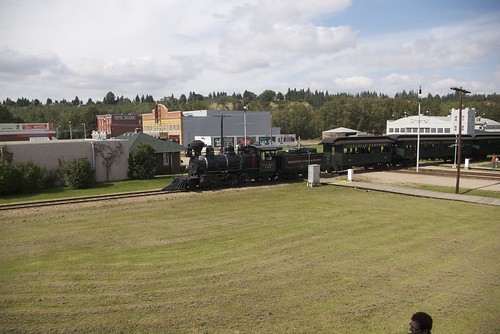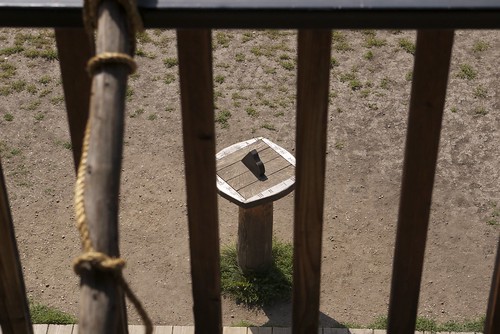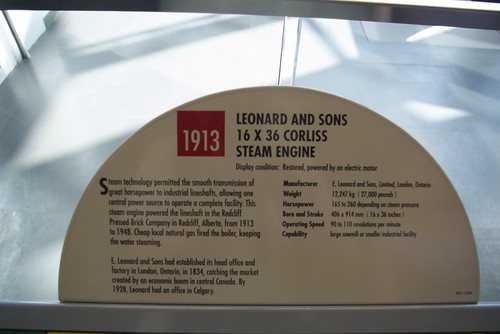So I thought I knew what a kilogram was until I read this.
Photo: Robert Rathe/National Institute of Standards and TechnologyOnce a year, three officials bearing three separate keys meet at the bottom of a stairwell at the International Bureau of Weights and Measures, in Sèvres, France. There they unlock a vault to check that a plum-size cylinder of platinum iridium alloy is exactly where it should be. Then they close the vault and leave the cylinder to sit alone, under three concentric bell jars, as it has for most of the past 125 years.
“So what?” you say.
The trouble posed by the master kilogram is apparent in the many friction-filled steps by which it calibrates other masses. Once every few decades, a scientist plucks the cylinder from its perch with chamois-leather-padded pincers, rubs its surface with a cloth soaked in alcohol and ether, and steam-cleans it. Then he puts the prototype in a precise balance that compares it to the bureau’s official copies, which are in turn compared to copies kept by member countries. And thus the prototype’s mass trickles down to set the standard for the rest of the world.
The system has been far from seamless. When the cylinder was last removed from the vault in 1988, the bureau’s metrologists were disappointed to discover that its mass and those of its official copies had drifted apart by as much as 70 micrograms since 1889. That discrepancy is tiny—comparable to the mass of a small grain of sugar—but it confirmed a troubling instability. All that metrologists can say is that the master kilogram seems to have lost as much as 50 µg over the course of a century relative to its siblings. But the actual drift could be up or down, and it might even be a lot more than 50 µg, because the prototype and its metallurgically identical copies could all be changing as an ensemble.
It is a long article, but worth a read.






